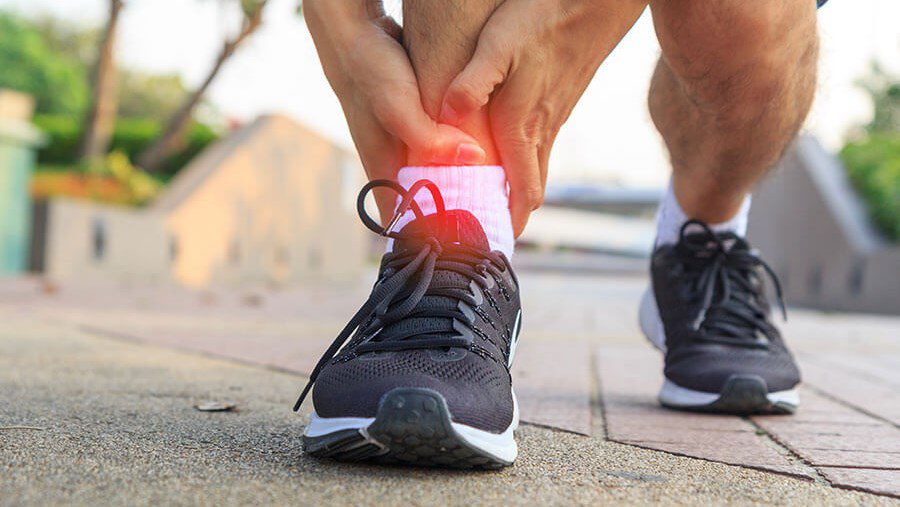What is a sprain?
A sprain happens when a ligament is stretched or torn. A ligament is a strong, fibrous band of rope-like tissue that connects two or more bones at a joint. When you have a sprain, you may have injured one or more ligaments. A sprain is different from a strain, even though sometimes the terms can get used interchangeably. A strain is a stretch, pull or tear where a muscle attaches to a bone. Think of it as a strain is muscle to bone and a sprain is bone to bone. When you have a sprain, it directly impacts the joint involved. The severity of a sprain can range from the ligament being stretched, partially torn or completely torn. How bad the injury is depends on both the degree of sprain and how many ligaments are involved.
Where do sprains occur?
You can have a sprain in any joint in the body but the most vulnerable spots include those at higher risk of injury from falls and trauma within both the upper and lower parts of the body. The three most common spots for sprains are the ankle, knee and wrist.
- Ankle sprain: This type of sprain typically happens when the foot turns inward as you run, turn or land on the ankle after a jump.
- Knee sprain: Typically, this occurs after a blow to the knee or a fall. Sudden twisting of the knee may result in a sprain.
- Wrist sprain: This sprain often happens when you fall and land on an outstretched hand.
What are the signs and symptoms of sprains?
Signs and symptoms may vary due to severity of injury. They may include:
- Pain.
- Swelling, which can indicate underlying inflammation within the joint or within the soft tissue surrounding the joint.
- Bruising.
- Instability, especially noted on weight bearing joints like the knee or ankle.
- Loss of the ability to move and use the joint.
What to Expect – Sprain Treatment
When you come into the iCare in either Frisco or Fort Worth, our experienced team of medical practitioners will quickly evaluate your condition to determine where you should be treated. This will depend mainly on the location and severity of your injury, along with the intensity of your pain. For sports injuries, pain management is almost always focused on and treated first. A medical history interview and physical examination will help our physicians determine how best to treat your pain. X-rays can be taken to further examine your injury for injuries such as dislocations, fractures, or sprains. Depending on the type and severity of your injury, our physicians may treat it with medication, splint or cast it, use a sling, use an ortho boot, or issue crutches or a cane.
While iCare is equipped with state-of-the-art tools to care for your sprains. If your injury is more severe or require more specialized care or surgeries. In such cases, iCare has agreements set up with local facilities that will transfer you or your child to the hospital or specialist that fits the situation.







